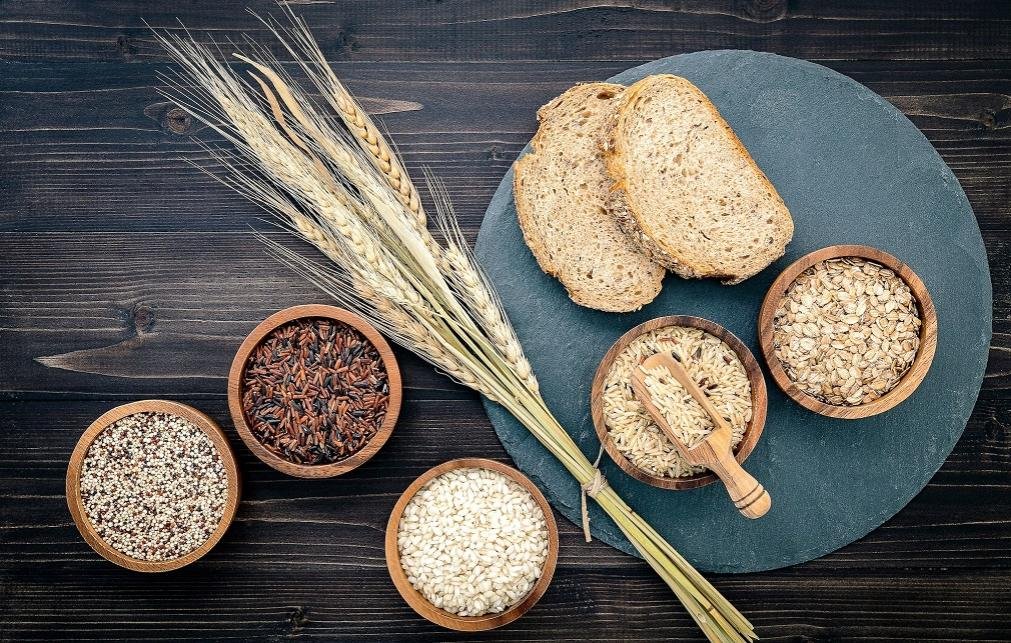Many people who want to start thinning and reducing body fat, the first thing they do is resort to whole foods. The general idea is that these products help lose weight, so filling our kitchen with them is the first option that those who want to lose those extra kilograms too much choose.
When we refer to whole grain foods, we talk about grains, which are wheat, rice, corn, oats, or rye, among others. All of them maintain the outer layer of the grain, which includes the bran and the germ. Whole grain products stand out because they have a high content of fiber, vitamins, such as folic acid, and minerals such as potassium, phosphorus, magnesium, and iron.
Thus, all those that come from cereals, such as in this case bread or pasta, are called whole grain foods, which are made up mostly of whole grain flour of one or more grains.
The head of Health and Nutrition of Nestlé, Anabel Aragón, explains, also for Efe Salud, that it is very important to take cereals every day, since they are carbohydrates, they give us energy, so they are the best fuel for the functioning of our body. In addition, they are also recommended because they provide protein, and their fat content is very low.
It’s important to differentiate between whole-grain flours
For her part, Laura González, head of Health and Nutrition at Nestlé and collaborator of El Bisturí, explains to Efe Salud that it is necessary to differentiate whole-grain flours, since there may be products that give a whole-grain appearance, but in reality are not, since they may not contain any kind of whole-grain flour.
Furthermore, González points out that “in our culinary culture, it’s not common to eat whole grains, except in the case of rice.” According to the nutritionist, we can find brown rice with its bran and germ in supermarkets, although it’s difficult to find other grains in this form because “the germ is usually removed from flours because it’s rich in highly unsaturated oils that oxidize quite easily, which increases the risk of the flour and its products acquiring strange flavors and spoiling.”
It is important to include whole-grain foods in our diet as they have a higher concentration of nutrients, such as vitamins, minerals, and fiber.
Increasing refined flours in the Western diet is associated with an increased risk of obesity and cardiovascular disease, as they are linked to processed products that have low nutritional value. On the other hand, eating whole grains and fiber-rich foods is mainly associated with reducing mortality and a lower risk of diseases such as diabetes or cardiovascular disease.
Are whole-grain and fiber-rich foods the same thing?
However, Laura González, head of Health and Nutrition at Nestlé, explains in Efe Salud that you have to be careful because it is not the same as a food rich in fiber as whole-grain food.
The nutritionist assures that the first could be made from refined flour without the bran or germ, to which a bran of a cereal or other source of vegetable fiber has been added.
When we start a diet and change all our products, we must be careful, as we can find products like breads, which are rich in fiber, but flour is not integral. In short, a whole-grain food would be composed mainly of whole-grain flour, as it would contain both the bran and the germ.
Therefore, when our goal is to reduce body fat, consuming whole products can help us to satiate ourselves more and thus eat less, although it is always preferable to prioritize fresh or cooked vegetables in all their formats.

